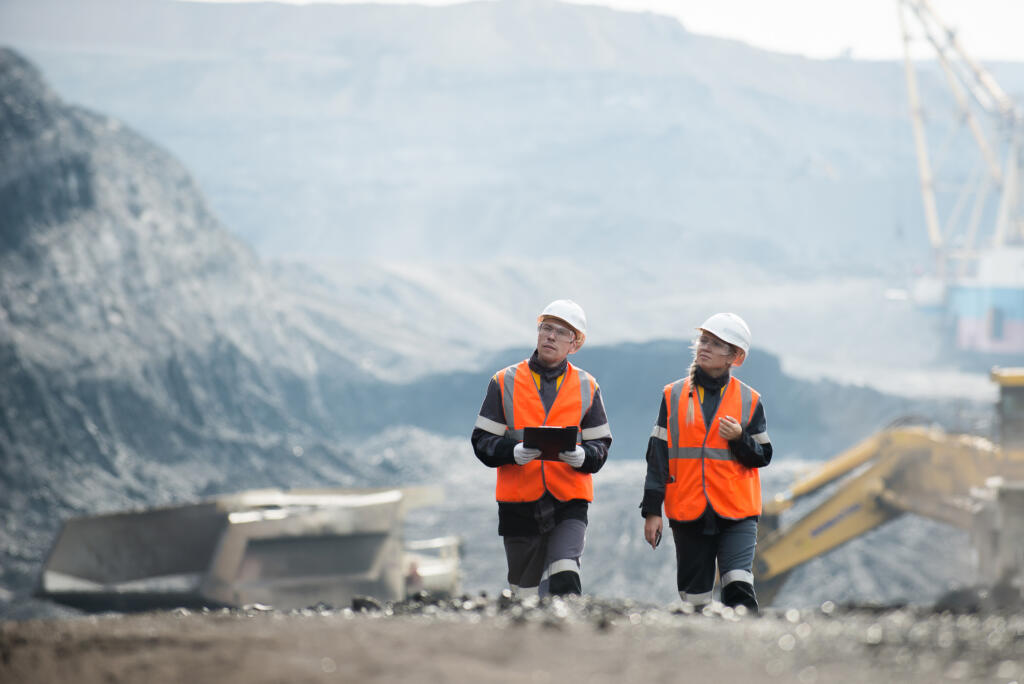
The cost of securing planning applications and other permit applications for the development of a quarry or mine is eye-watering. It includes not only the planning fee but the myriad of supporting reports and studies that need to be obtained in order for the application to proceed. Not many operators, if any, will be prepared to expend such costs until such time as it knows that it will have the ability to drawdown the site and implement the planning permission if it is obtained – no one wants to spend that type of money at risk.
With that in mind, we have set out below just a brief recap on the main methods by which a developer can secure a site for mineral extraction without having to buy it or lease it prior to obtaining all necessary consents. The main avenues for doing this are:
Option
This would commonly be an option to take a lease of the minerals or of the surface and minerals, but it could be an option to buy the freehold of the surface and minerals or even a purchase of the freehold surface and a lease of the minerals.
An option is the most common method of securing a site and this is because it combines security for the developer with flexibility. Assuming the developer has satisfied any preconditions within the option, in terms of obtaining planning permission or providing security for restoration, the landowner is obliged to grant the developer a lease (or sell the freehold) on the option being exercised.
The potential drawbacks of an option are firstly that you need to be certain as to the area that the option is to cover (or at least provide for a mechanism within the option to determine the precise area to be leased) and it does require the negotiation of all the terms of the lease or sale prior to it being entered into. This can take some months, during which time the developer may be unable to proceed with its planning and other consent applications. There is also considerable cost associated with negotiation and finalising fairly chunky documents in terms of legal and professional fees and the developer will often be picking up the landowner’s costs.
Exclusivity Agreements
Exclusivity agreements may be more appropriate where the area that is to be developed is less capable of definition. It also prevents the landowner from dealing with others during the exclusivity period whilst areas of interest are explored so as the parties can determine whether there is anything worth negotiating about. It also allows for time for the negotiation of the next stage whether that is straight to lease or an option for lease.
As a result, an exclusivity agreement does not require all the terms of the deal to be nailed down before it can be entered into and can provide a quicker route to a legal agreement between the developer and the site owner.
The downside of an exclusivity agreement is that it is negative in effect – the landowner, whilst unable to deal with other interested parties, is not obliged to ultimately enter into any binding agreement for the extraction of the minerals with the developer. Any obligation to negotiate in good faith the terms of a binding agreement are very unlikely to amount to anything more than a non binding agreement to agree.
Consequently, there is a greater uncertainty for the developer in expending significant costs under the terms of an exclusivity agreement alone. The developer will also be particularly interested in ensuring that the landowner does not simply take advantage of any work done by the developer in assessing the site, under any obligations to provide copies of any reports or test work undertaken by the developer.
Conditional Contracts
These are similar to options in that they will bind the landowner to grant a lease or sell the land on certain conditions being satisfied, but subject to the flexibility provided by the preconditions, a conditional contract will also bind the developer to drawdown the site and therefore are potentially less flexible for the developer. The degree of control the developer has in determining whether the pre-conditions are satisfied and to the extent to which the landowner can require an objective element to those conditions is going to be a key area of negotiation.
For example, is the planning permission obtained considered satisfactory either because the developer in its sole discretion says it is or because it fulfils certain criteria? Draft it the first way and the contract can basically be an option by another name, draft it the first way and the developer could find itself bound to enter into a long term deal for a site that it finds for some reason other than that dealt with in the contract as being unfavourable.
A conditional contract will also require the same degree of negotiation and finalisation as an option for a lease.
Conclusion
As can be seen from the above, while an exclusivity agreement can be useful in obtaining a degree of security over a site without the time and cost of putting in place a full blown option, it also has its drawbacks. An option, whilst comprehensive and binding, requires significant time and cost before it can be put into place.
Ultimately there is no quick fix method of completely tying down a site.
What we always find though is that a well-drafted and comprehensive set of heads of terms agreed between agents can really help cut down the time involved in putting in place the necessary agreements.
